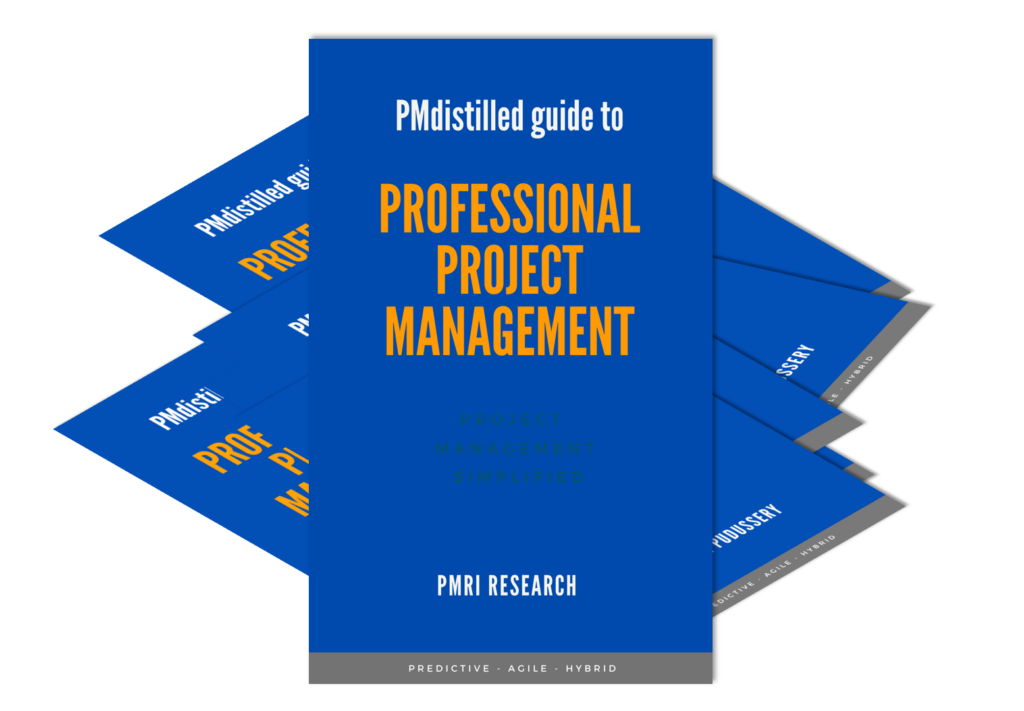
Contents
Chapter 1 – Introduction
- Introduction
- Selecting the best projects
- Portfolio, Programs and Projects
- Appointing the right project manager
- Finalizing the project management approach
Chapter 2 – Predictive project management
- Introduction to Predictive Project Management
- Initiation
- Importance of project initiation
- Developing project charter
- Key stakeholders identification and prioritization
- Planning
- Collecting requirements
- Defining scope
- Decomposing the scope into work breakdown structure
- Developing the Bill Of Quantities (BOQ)
- Cost estimation
- Organizational structures
- Defining the project’s Organizational Breakdown Structure (OBS)
- Defining control accounts
- Defining project’s budget
- Scheduling
- Activity definition
- Activity duration estimation
- Activity sequencing
- Schedule network analysis
- Developing the project schedule
- Leads, lags, float, buffer, critical path
- Crashing & fast tracking
- Plan quality management
- Plan resource management
- Plan communications management
- Plan risk management
- Identify risks
- Qualitative risk analysis
- Quantitative risk analysis
- Plan risk responses
- Plan procurement management
- Plan stakeholder engagement
- Execution
- Direct and manage project work
- Manage project knowledge
- Manage quality
- Acquire resources
- Develop team
- Manage team
- Manage communications
- Implement risk responses
- Conduct procurement
- Manage stakeholder engagement
- Monitoring & Controlling
- Monitoring & Controlling project work
- Control scope
- Control schedule
- Control costs
- Control quality
- Control resources
- Monitor communications
- Monitor risks
- Control procurement
- Monitor stakeholder engagement
- Closing
- Close project / phase
Chapter 3 – Agile & Hybrid project management
- What is agile?
- When to apply agile project management?
- The agile team organization
- Product owner
- Iteration manager
- Team
- Key agile ceremonies
- Release planning
- Iteration planning
- Daily team meeting
- Iteration review
- Iteration retrospective
- Agile estimation
- Agile artifacts
- Agile Charter
- Product backlog
- Iteration backlog
- User stories
- Tracking board
- Definition of Done (DoD)
- Hybrid project management
Chapter 4 – Models
- Situational leadership II
- OSCAR Model
- Cross cultural communication
- Effectiveness of communication channels
- Gulf of execution and evaluation
- Hygiene and motivational factors
- Intrinsic Vs Extrinsic motivation
- Theory of needs
- Theory X, Theory Y and Theory Z
- Managing change in organizations
- ADKAR Model
- The 8 step process for leading change
- Virginia Satir change model
- Transition model
- Cynefin framework
- Stacey matrix
- Tuckman Ladder
- Drexler / Sibbet team performance model
- Conflict model
- Negotiation
- Planning
- Process groups
- Salience model
